Home>Furniture & Design>Bathroom Accessories>How Many Stops Does The Plunger On A Micropipette Have
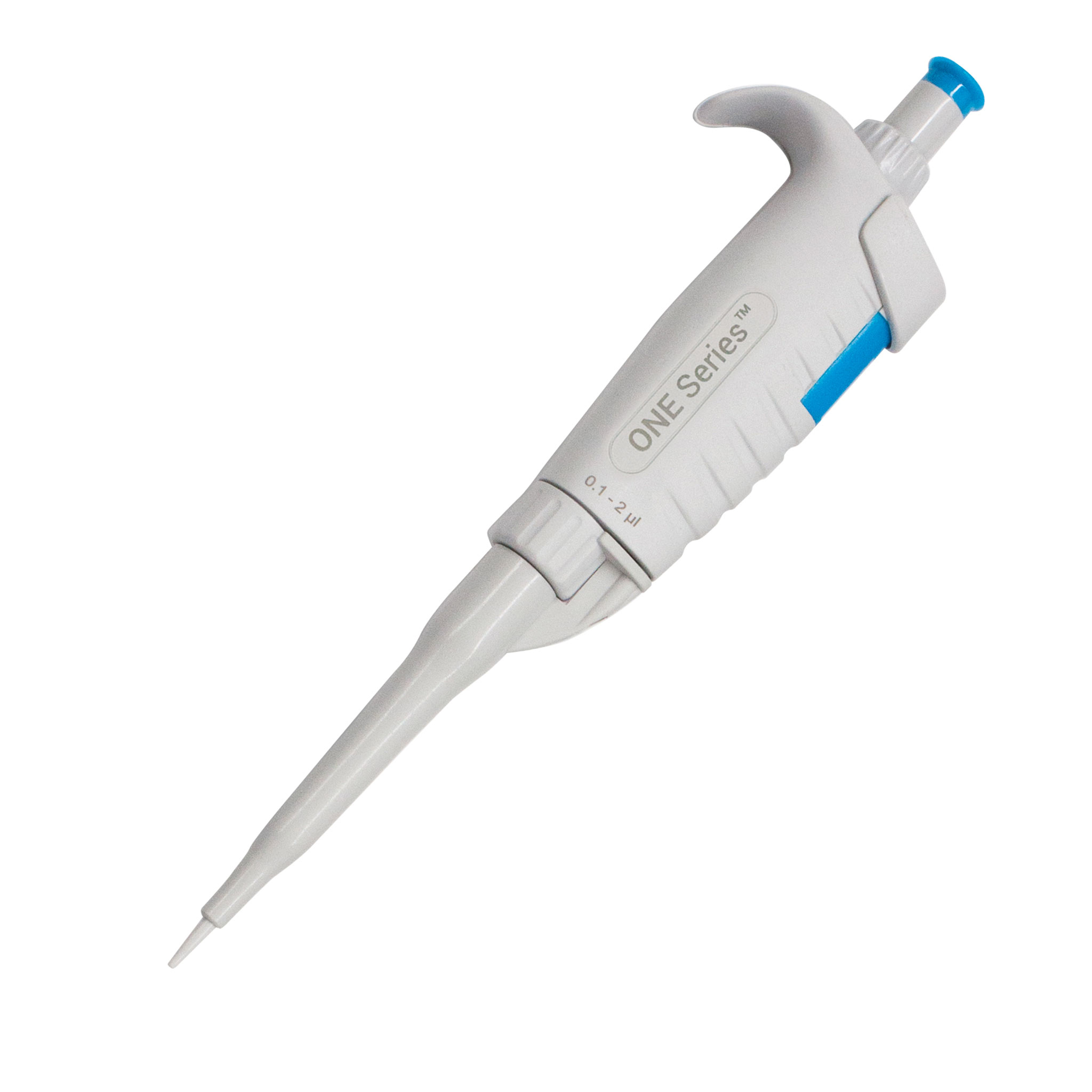

Bathroom Accessories
How Many Stops Does The Plunger On A Micropipette Have
Published: February 11, 2024
Find out the number of stops on a micropipette plunger for precise bathroom accessories measurements. Learn about micropipette functions and usage.
(Many of the links in this article redirect to a specific reviewed product. Your purchase of these products through affiliate links helps to generate commission for Storables.com, at no extra cost. Learn more)
Introduction
When it comes to working with a micropipette, precision is key. Whether you are conducting experiments in a laboratory, preparing samples for analysis, or carrying out delicate medical procedures, the ability to accurately measure and transfer small volumes of liquid is essential. At the heart of this precision instrument lies the micropipette plunger, a critical component that allows for the precise aspiration and dispensing of liquid samples.
Understanding the functionality of the plunger on a micropipette is fundamental to mastering the art of pipetting. One of the key aspects of the plunger that often raises questions is the number of stops it has. This seemingly simple feature plays a crucial role in determining the volume of liquid that can be aspirated and dispensed, making it a vital factor in achieving accurate and reproducible results.
In this article, we will delve into the intricacies of the micropipette plunger, exploring the significance of knowing the number of stops and the factors that influence it. We will also discuss how to determine the number of stops on a micropipette, providing valuable insights for both novice users and seasoned professionals. By gaining a deeper understanding of this essential aspect of micropipette operation, you will be better equipped to harness the full potential of this indispensable tool in the realm of scientific research, medical diagnostics, and various other applications.
The micropipette plunger is a small yet mighty component that holds the key to precise liquid handling. Let's embark on a journey to unravel its mysteries and unlock the secrets to mastering the art of pipetting with confidence and accuracy.
Key Takeaways:
- The number of stops on a micropipette plunger determines the volume of liquid it can handle, allowing for precise measurements and minimizing wastage in scientific and medical tasks.
- Understanding the factors that influence the number of stops, and how to determine them, empowers users to master the art of pipetting with confidence and accuracy, enhancing the reliability of experimental and diagnostic procedures.
Read more: How Many Seeds Does A Banana Have
Understanding the Micropipette Plunger
The micropipette plunger is a pivotal element in the functionality of a micropipette, serving as the mechanism that enables precise aspiration and dispensing of liquid volumes. Comprising a thumb-operated button or lever, the plunger is designed to be ergonomically manipulated, allowing users to control the movement of air and liquid within the pipette's internal system.
One of the defining features of the micropipette plunger is its ability to deliver a tactile feedback mechanism known as the "stop." This stop serves as a physical barrier that halts the movement of the plunger, indicating that a specific volume of liquid has been aspirated or dispensed. The number of stops on a micropipette corresponds to the volume settings available for dispensing, with each stop representing a distinct volume increment.
In essence, the plunger's design incorporates a series of internal mechanisms that interact to create these distinct stops, ensuring that users can accurately set and deliver precise liquid volumes. This feature is particularly crucial when working with microliter or even nanoliter volumes, where even the slightest deviation can significantly impact experimental outcomes.
Furthermore, the micropipette plunger is engineered to provide a smooth and consistent operation, allowing for seamless aspiration and dispensing of liquid without compromising accuracy. This seamless functionality is essential for tasks that demand meticulous precision, such as preparing reagents, conducting serial dilutions, or transferring samples for analysis.
Understanding the intricacies of the micropipette plunger empowers users to harness its capabilities effectively, enabling them to execute pipetting tasks with confidence and precision. By mastering the art of manipulating the plunger and interpreting the tactile feedback of the stops, individuals can elevate their pipetting skills, ultimately enhancing the reliability and reproducibility of their experimental or diagnostic procedures.
In the next section, we will explore the significance of knowing the number of stops on a micropipette and its implications for accurate liquid handling. This understanding will shed light on the critical role that the plunger plays in achieving precise and reliable results, underscoring its significance as a cornerstone of micropipette operation.
Importance of Knowing the Number of Stops
Understanding the number of stops on a micropipette holds immense significance in the realm of liquid handling. Each stop on the plunger corresponds to a specific volume increment, and this knowledge is pivotal for achieving precise and reproducible results in various scientific and medical applications.
First and foremost, knowing the number of stops allows users to accurately set the desired volume for aspiration and dispensing. Whether it involves transferring a minute quantity of a precious sample or preparing a series of standardized dilutions, the ability to precisely adjust the volume ensures that the intended amount of liquid is dispensed, minimizing wastage and optimizing resource utilization. This level of control is particularly crucial in research settings where reagents and samples may be limited, and precise measurements are essential for experimental success.
Furthermore, understanding the number of stops facilitates the execution of complex pipetting tasks, such as multi-step serial dilutions or the preparation of assay standards with specific concentrations. By leveraging the distinct volume increments represented by the stops, users can navigate through intricate pipetting protocols with confidence, ensuring that each step is executed with precision and accuracy. This capability is invaluable in fields such as molecular biology, biochemistry, and clinical diagnostics, where meticulous liquid handling is integral to generating reliable data and achieving consistent experimental outcomes.
Moreover, the number of stops on a micropipette directly influences the range of volumes that can be accurately dispensed. By being aware of the available stops and their corresponding volumes, users can effectively utilize the full capacity of the micropipette, from its lowest volume setting to its maximum capacity. This comprehensive understanding empowers individuals to adapt their pipetting techniques to accommodate a diverse range of liquid volumes, thereby expanding the versatility and applicability of the micropipette across various experimental and diagnostic procedures.
In essence, the knowledge of the number of stops on a micropipette serves as a cornerstone for precision liquid handling, underpinning the reliability and reproducibility of scientific and medical endeavors. By recognizing the importance of this fundamental aspect of micropipette operation, users can elevate their pipetting proficiency, ultimately enhancing the quality and integrity of their work in diverse fields, from academic research to clinical diagnostics.
In the subsequent section, we will delve into the factors that influence the number of stops on a micropipette, shedding light on the intricate mechanisms that govern this critical aspect of liquid handling instrumentation.
A standard micropipette typically has two stops on the plunger – the first stop for drawing up the liquid and the second stop for dispensing it. Always make sure to use the correct stop to avoid inaccurate measurements.
Factors Affecting the Number of Stops
The number of stops on a micropipette is not arbitrary; rather, it is intricately influenced by several key factors that collectively determine the precision and versatility of the instrument. Understanding these factors is essential for gaining insight into the nuanced mechanics of the micropipette plunger and its role in facilitating accurate liquid handling.
-
Pipette Model and Design: The design of a micropipette directly impacts the number of stops it possesses. Different models and brands of micropipettes may feature varying internal mechanisms that govern the creation of distinct stops. For instance, a single-channel air displacement pipette may have a different stop configuration compared to a multi-channel pipette, reflecting the unique engineering considerations and operational requirements of each design.
-
Volume Range and Increments: The intended volume range and increments of a micropipette play a pivotal role in determining the number of stops. Pipettes designed for dispensing smaller volumes, such as those in the microliter or nanoliter range, may incorporate a greater number of stops to enable finer adjustments and enhanced precision. Conversely, pipettes tailored for larger volumes may feature a different stop configuration to accommodate the broader range of dispensing capacities.
-
Internal Mechanisms and Calibration: The internal mechanisms within a micropipette, including the piston, seals, and calibration settings, directly influence the creation and alignment of stops. The precision and consistency of these internal components are critical in ensuring that the stops accurately correspond to the intended volume increments, thereby upholding the reliability and accuracy of the pipetting process.
-
Manufacturing Standards and Quality Control: The manufacturing standards and quality control measures implemented by the pipette manufacturer significantly impact the number of stops and their adherence to specified volume settings. Rigorous quality assurance protocols are essential for maintaining the integrity of the stops, ensuring that they align precisely with the designated volume increments and uphold the overall accuracy of the micropipette.
-
User Handling and Maintenance: The manner in which a micropipette is handled, operated, and maintained by users can also influence the number of stops over time. Proper pipetting techniques, regular maintenance, and adherence to calibration protocols are essential for preserving the integrity of the stops and sustaining the precision of the instrument's liquid handling capabilities.
By comprehending the multifaceted factors that influence the number of stops on a micropipette, users can gain a deeper appreciation for the intricate interplay of design, engineering, and operational considerations that underpin the functionality of this indispensable laboratory tool. This understanding lays the groundwork for optimizing the utilization of micropipettes across diverse scientific and medical applications, empowering users to execute precise liquid handling with confidence and proficiency.
How to Determine the Number of Stops
Determining the number of stops on a micropipette is a fundamental aspect of mastering the art of pipetting. This knowledge empowers users to leverage the full potential of the instrument, enabling precise and reproducible liquid handling across a diverse range of scientific and medical tasks. To ascertain the number of stops on a micropipette, several key steps can be undertaken to unravel this critical aspect of the instrument's functionality.
-
Consult the Manufacturer's Documentation: The first step in determining the number of stops on a micropipette involves referring to the manufacturer's documentation. Most reputable pipette manufacturers provide detailed specifications and operational guidelines for their products, including information on the number of stops and the corresponding volume settings. By consulting the official documentation, users can gain valuable insights into the stop configuration of the micropipette, laying the groundwork for informed and precise liquid handling.
-
Visual Inspection and Tactile Feedback: A visual inspection of the micropipette, coupled with an exploration of its tactile feedback mechanism, can offer valuable clues regarding the number of stops. By carefully manipulating the plunger and observing the points at which it halts during both aspiration and dispensing, users can discern the distinct stops and gauge their corresponding volume increments. This hands-on approach provides a practical means of identifying and familiarizing oneself with the stop configuration, fostering a deeper understanding of the instrument's operational dynamics.
-
Calibration and Testing: Calibration procedures, often outlined in the manufacturer's guidelines, can be employed to verify the number of stops and ensure their alignment with the specified volume settings. By utilizing calibrated test equipment and precision standards, users can systematically assess the accuracy and consistency of the stops, confirming their adherence to the designated volume increments. This meticulous approach serves to validate the operational integrity of the micropipette, instilling confidence in its capacity for precise liquid handling.
-
Collaboration and Knowledge Sharing: Engaging in collaborative discussions with experienced peers, laboratory technicians, or industry experts can provide valuable insights into the determination of the number of stops on a micropipette. By leveraging collective knowledge and sharing practical experiences, users can glean nuanced perspectives and best practices for discerning the stop configuration of various micropipette models. This collaborative approach fosters a culture of continuous learning and knowledge exchange, enriching the collective expertise within scientific and medical communities.
By embracing these proactive measures, users can effectively determine the number of stops on a micropipette, unlocking a deeper understanding of this critical aspect of liquid handling instrumentation. This knowledge serves as a cornerstone for achieving precision and reliability in pipetting tasks, empowering users to execute scientific experiments, diagnostic procedures, and research endeavors with heightened proficiency and accuracy.
Read more: How Many Seeds Does A Pomegranate Have
Conclusion
In conclusion, the micropipette plunger, with its tactile feedback mechanism represented by the number of stops, stands as a linchpin in the realm of precise liquid handling. By unraveling the mysteries surrounding the number of stops on a micropipette, users can elevate their pipetting proficiency, ultimately enhancing the reliability and reproducibility of their experimental or diagnostic procedures.
The significance of knowing the number of stops cannot be overstated, as it underpins the ability to accurately set and deliver precise liquid volumes. This knowledge empowers users to navigate through intricate pipetting protocols with confidence, ensuring that each step is executed with precision and accuracy. Moreover, it directly influences the range of volumes that can be accurately dispensed, enabling users to adapt their pipetting techniques to accommodate a diverse range of liquid volumes.
The factors influencing the number of stops on a micropipette, including the pipette model and design, volume range and increments, internal mechanisms and calibration, manufacturing standards and quality control, and user handling and maintenance, collectively shape the precision and versatility of the instrument. Understanding these factors provides valuable insights into the nuanced mechanics of the micropipette plunger and its role in facilitating accurate liquid handling.
By following a systematic approach to determine the number of stops, including consulting the manufacturer's documentation, visual inspection and tactile feedback, calibration and testing, and collaboration and knowledge sharing, users can gain a deeper appreciation for this critical aspect of the instrument's functionality. This knowledge serves as a cornerstone for achieving precision and reliability in pipetting tasks, empowering users to execute scientific experiments, diagnostic procedures, and research endeavors with heightened proficiency and accuracy.
In essence, the micropipette plunger, with its discernible stops, embodies the essence of precision and control in the realm of liquid handling. By mastering the art of manipulating the plunger and interpreting the tactile feedback of the stops, individuals can harness the full potential of this indispensable tool, ultimately enhancing the quality and integrity of their work in diverse fields, from academic research to clinical diagnostics.
Frequently Asked Questions about How Many Stops Does The Plunger On A Micropipette Have
Was this page helpful?
At Storables.com, we guarantee accurate and reliable information. Our content, validated by Expert Board Contributors, is crafted following stringent Editorial Policies. We're committed to providing you with well-researched, expert-backed insights for all your informational needs.


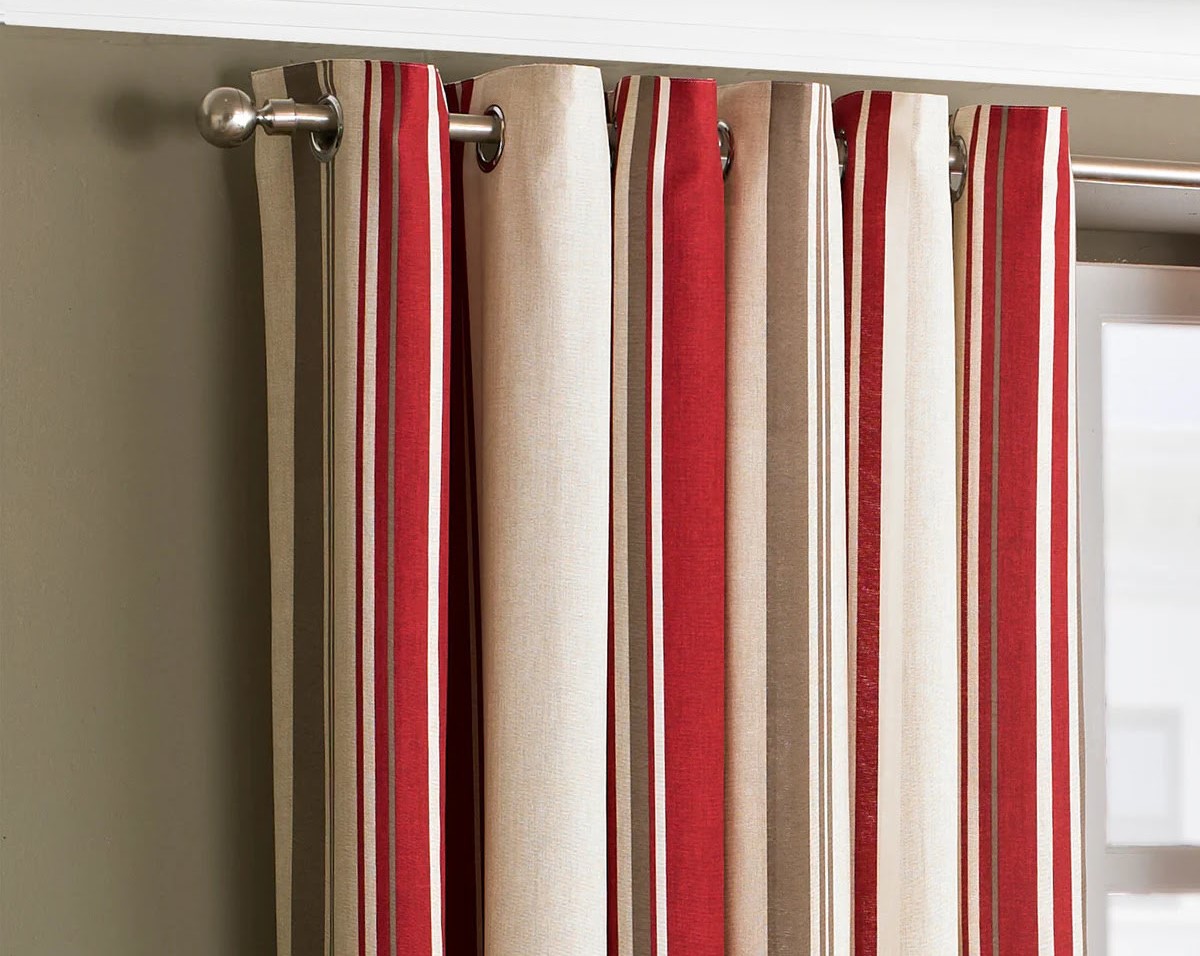
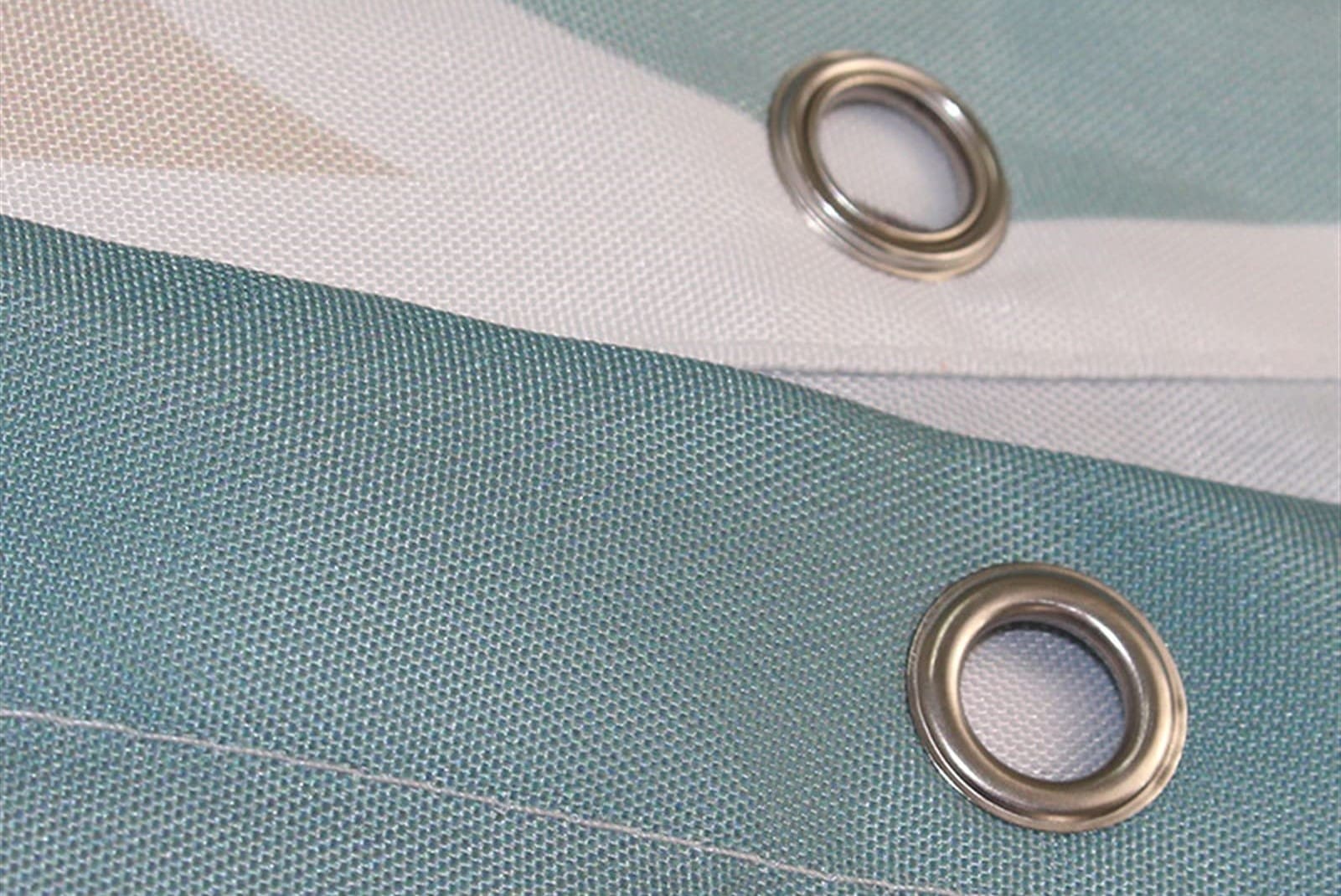
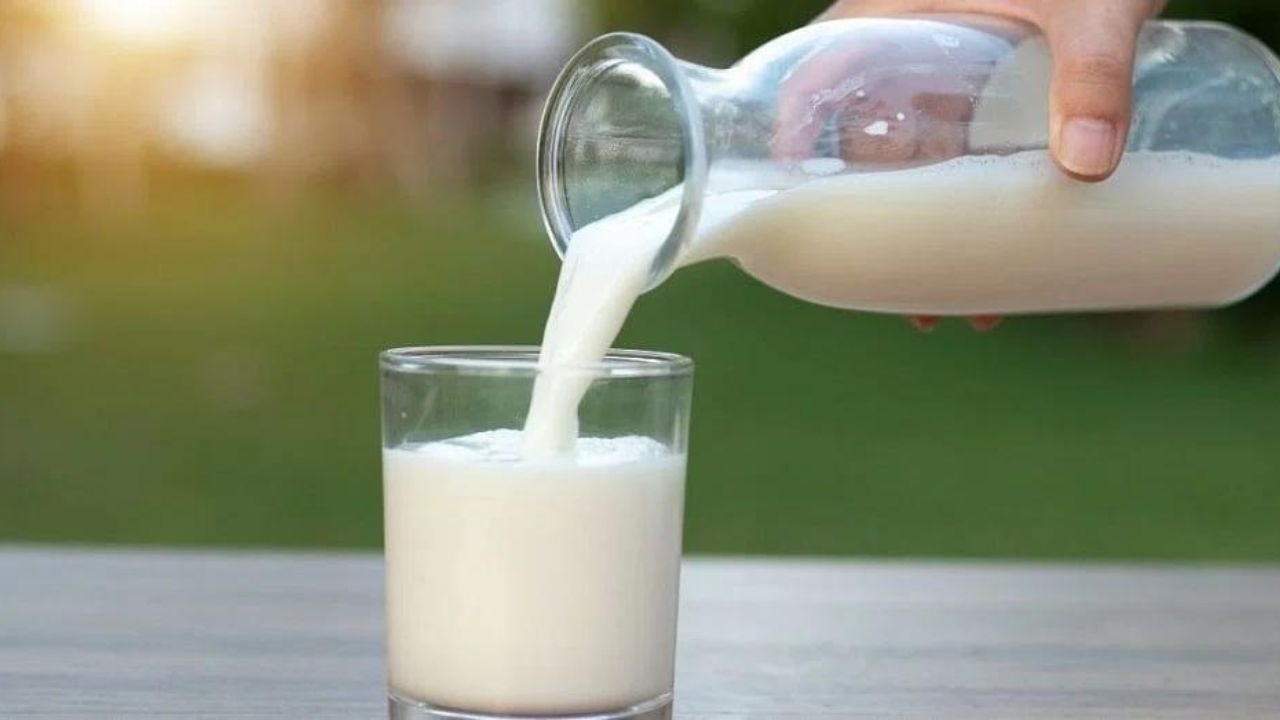
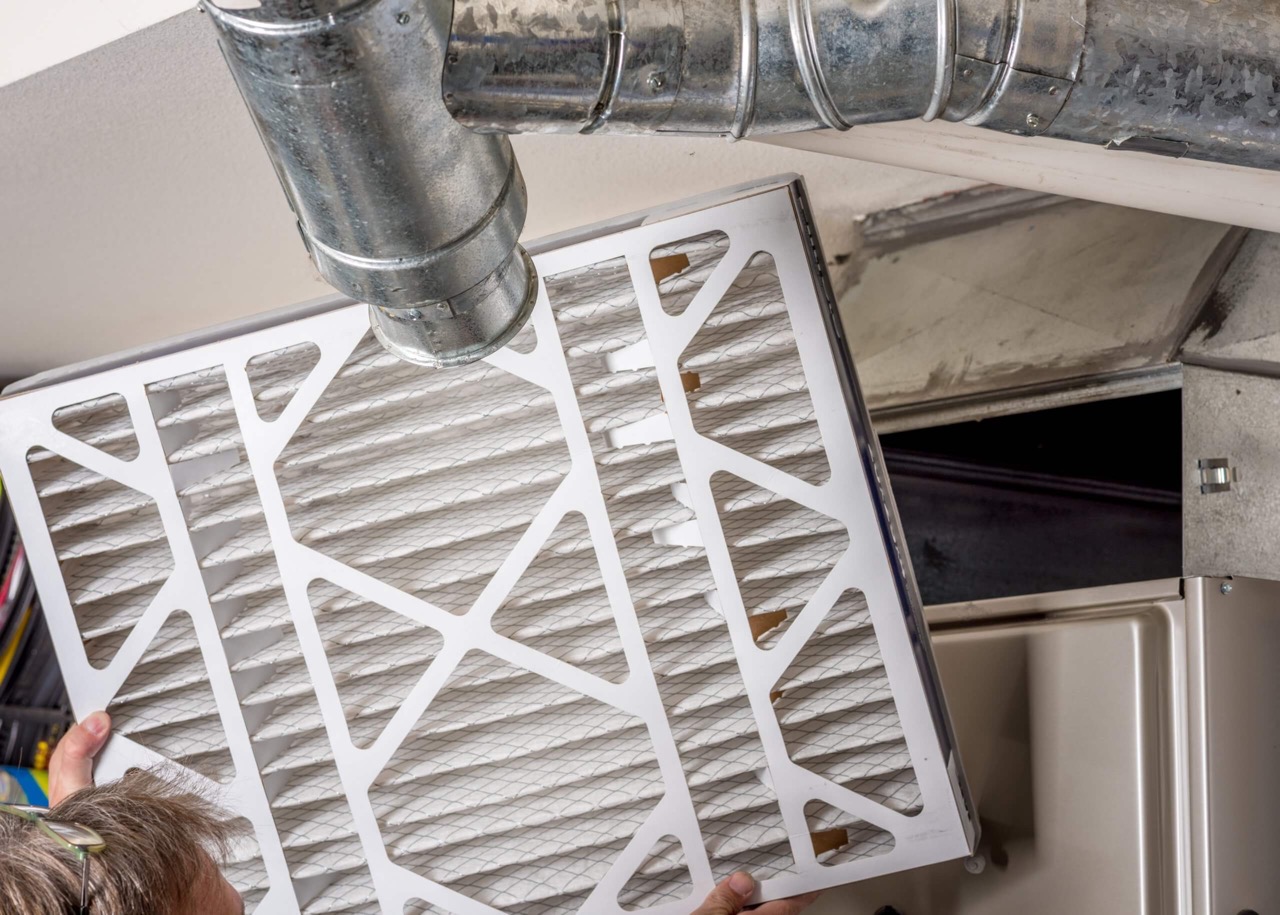
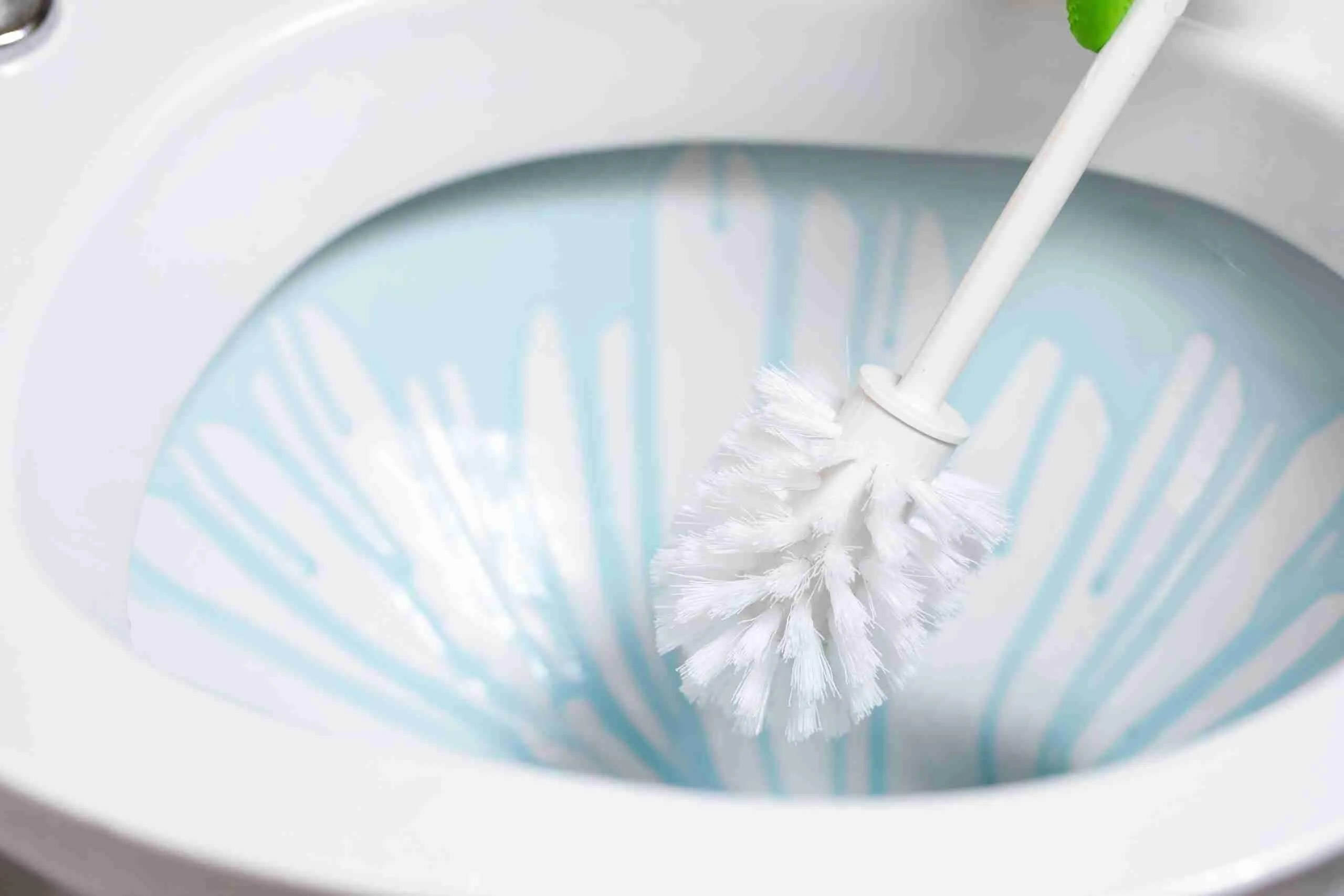


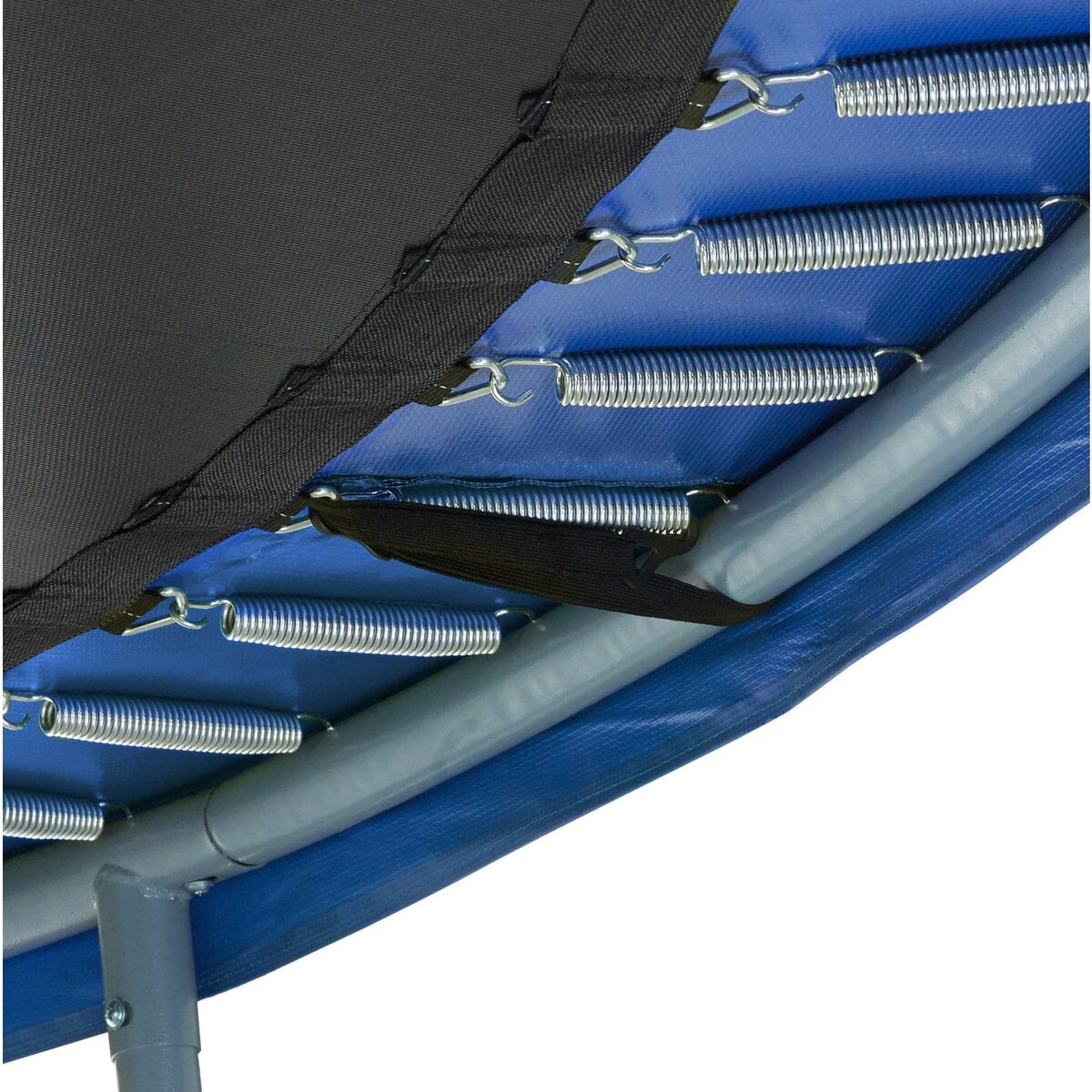
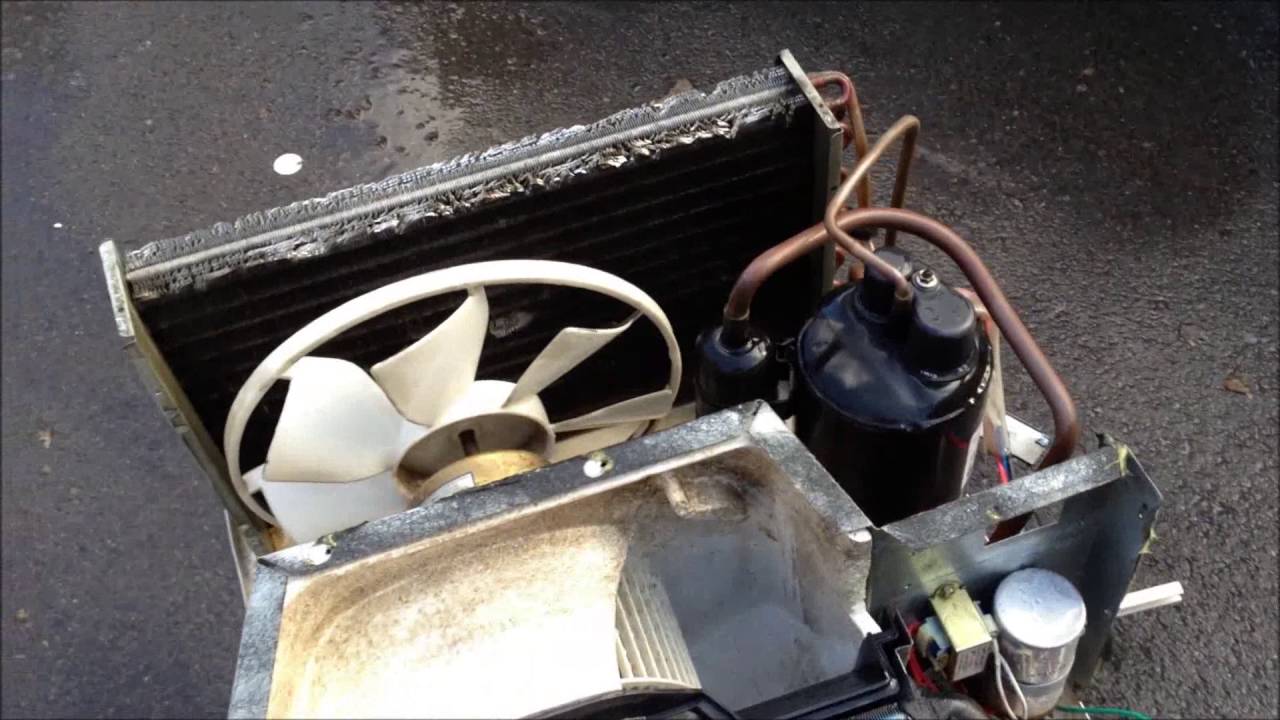
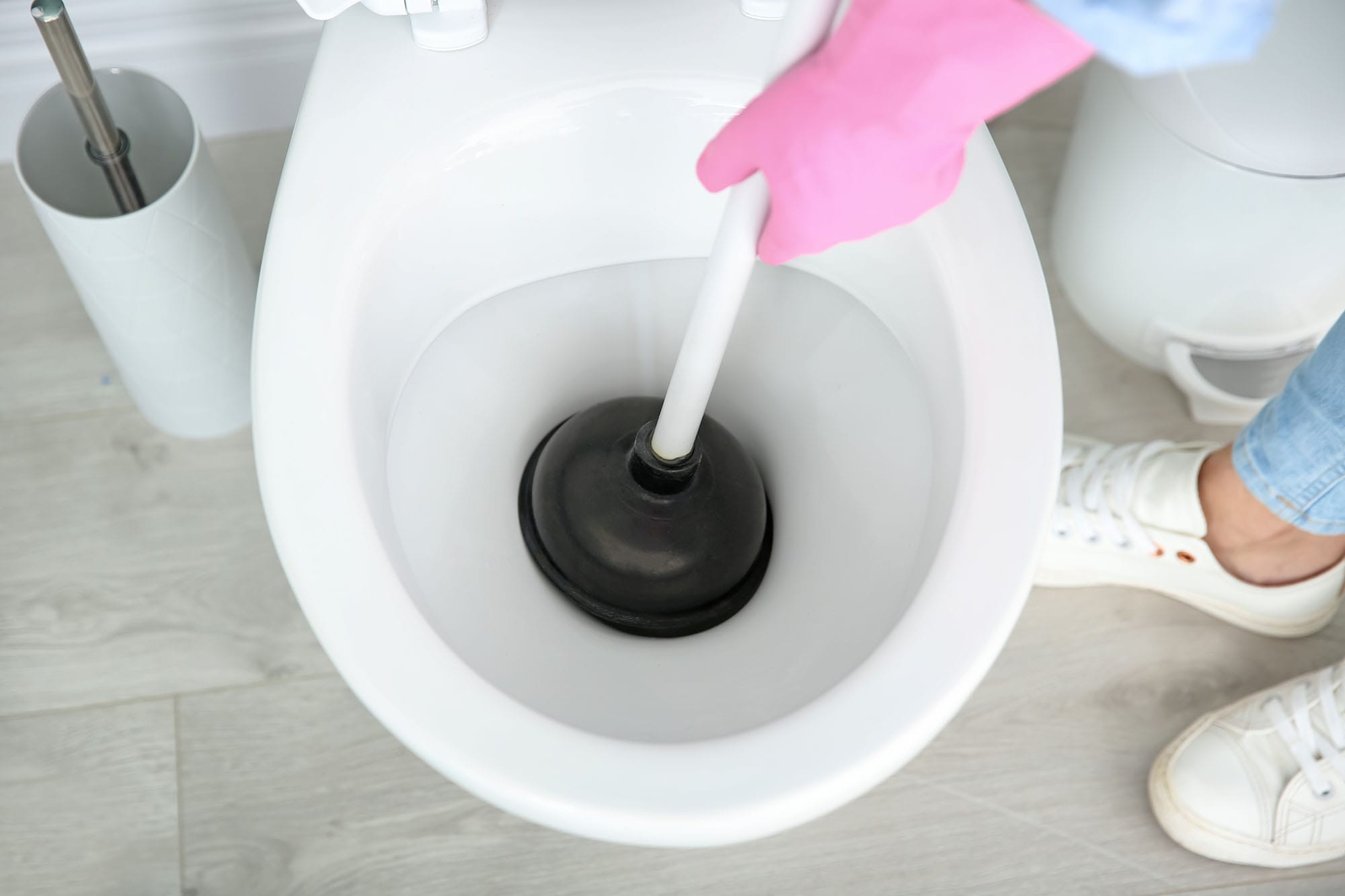

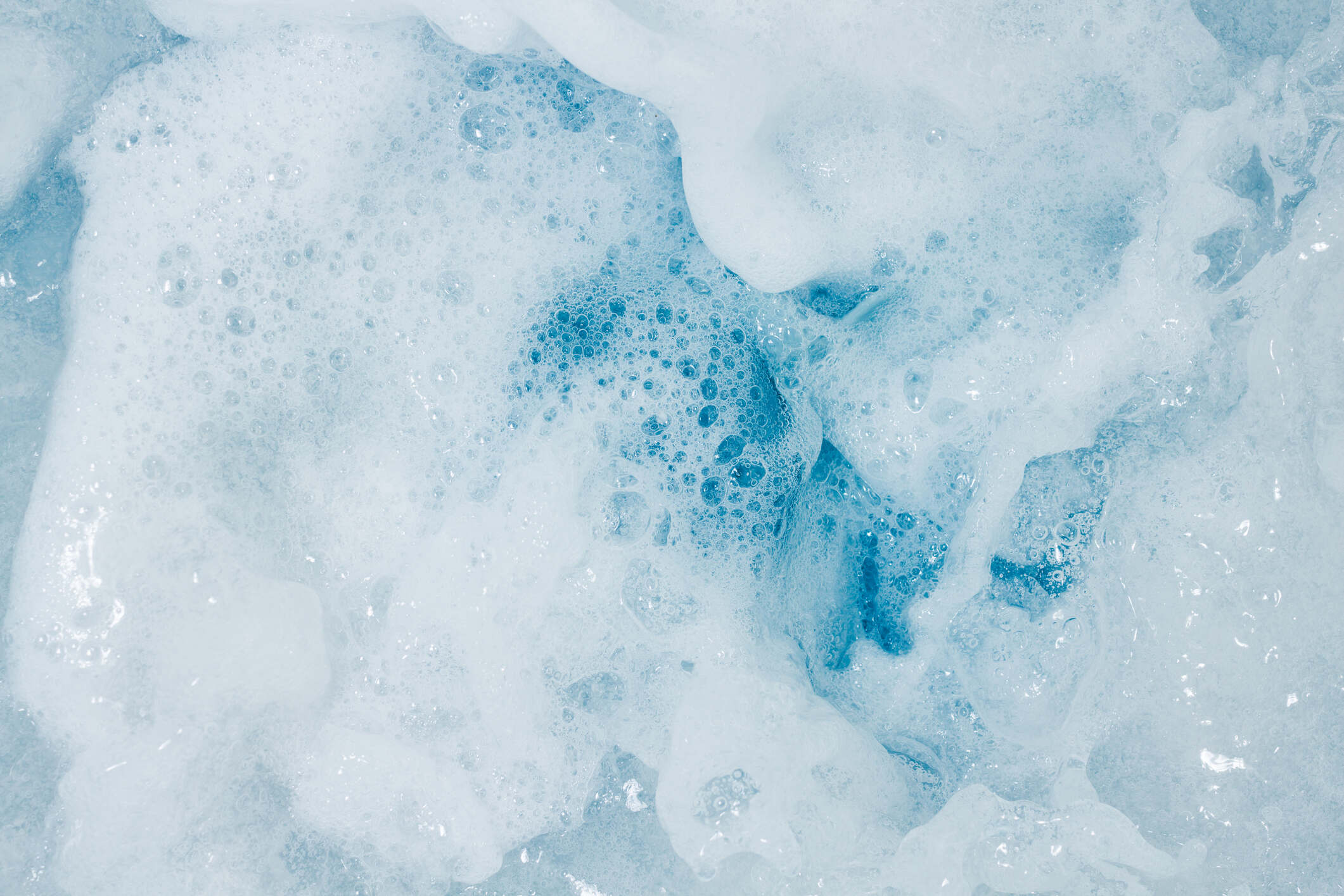

0 thoughts on “How Many Stops Does The Plunger On A Micropipette Have”